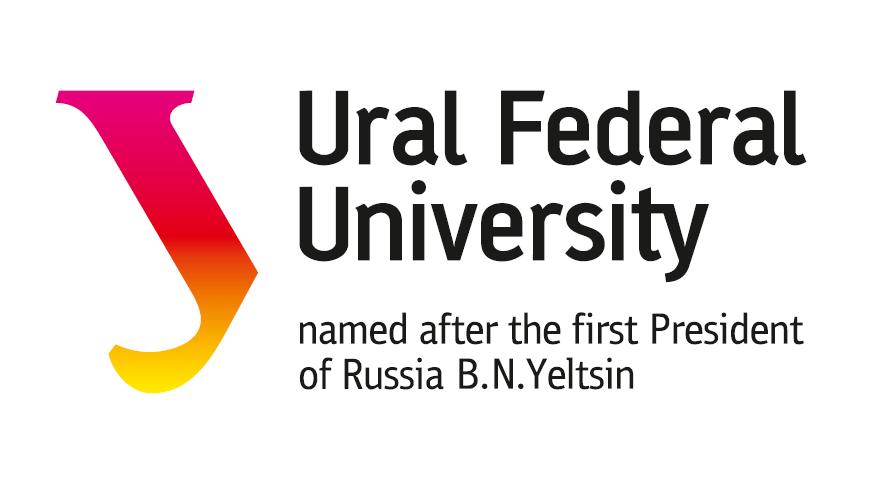Ural federal university: Scientists Developed New Way to Synthesize Highly Pure Zircon
The synthesized zircon, analyzed for impurity content, structural, thermal, vibrational and optical properties, can be used as a reference sample in mineralogical studies
Natural zircon is widely used as a geochronometer (natural “radioactive clock”). Photo: UrFU Press.
A group of scientists from the Ural Federal University, the Institute of Solid State Chemistry and Geology and Geochemistry of the Ural Branch of the Russian Academy of Sciences synthesized high-purity single-phase zircon (ZrSiO4) and analyzed its structural, thermal, vibrational and optical properties. The obtained zircon sample can be used as a reference for mineralogical, in particular, spectroscopic studies.
The research team published an article about this in the Journal of Solid State Chemistry (Q2).
In this work, a thermally stable zircon ceramic was obtained by sol-gel synthesis in light of its potential use as a reference sample for spectroscopic studies. The relations between the synthesis modes and sequential heat treatment on the one hand, and the defective state of the material, including structural disordering and types of spectroscopic active centers on the other are determined. The novelty of the work, firstly, is that scientists for the first time set and solved the problem of creating zircon with certain spectral properties. To this end, they have worked out the so-called sol-gel method. It is distinguished by its technological simplicity, controllability of processes and allows synthesizing a larger volume of products with high purity than with other methods.
First, from carbonate of zirconium metal and an organosilicon compound, they obtained a sol – a dispersed medium with the presence of small solid particles, from it – a colloidal system, then, after drying and grinding, a precursor powder of a high degree of homogeneity, which was subjected to further grinding and calcination.
Second, it was found that upon mechanical stirring and sequential annealing – heating to 1550 ° C and further cooling the precursor to room temperature – the number of defects in the synthesized sample decreases and its high purity is achieved.
“The PL and CL data indicate the presence of structural and impurity defects observed previously in natural zircon with a low degree of self-radiation damage. The PL spectra reveal the noticeable variations in the relative intensity of emission bands over the sample and show the instability of structural defects during high-temperature annealing. For the sample obtained after the final stage of annealing, the following conclusions can be drawn: satisfactory thermal stability of the structure; high degree of crystallinity with the width of the Raman mode; lack of luminescence of defective centers (PL band C); a small amount of inclusions of the highly impurity phase,” concludes the team describing the synthesized zircon’s properties.
“The synthesized zircon, analyzed for impurity content, structural, thermal, vibrational and optical properties, can be used as a reference sample in mineralogical studies. Furthermore, it can be expected that increasing the purity of the precursor will make it possible to obtain ceramics with the homogeneous zircon grains and lower content of the inclusions,” says Oleg V. Merkulov head of the concept.
A characteristic feature of natural zircon is that it includes radioactive uranium (U) and thorium (Th). During its geological lifecycle, which is hundreds of millions and billions of years, U and Th decay, forming lead and irradiating zircon from the inside. As the radiation dose accumulates, zircon deforms, passing from the crystalline state to the amorphous (defective) state.
Zircon has a high resistance to external influences, which decreases with defectiveness increase. Therefore, knowing the rate of decay of U and Th, the concentration of lead inside the zircon, the degree of its defectiveness and transformation, it is possible to establish the age of the mineral sample. Therefore, natural zircon is widely used as a geochronometer (natural “radioactive clock”) to study the geological past of our planet, and is one of the most studied minerals.

